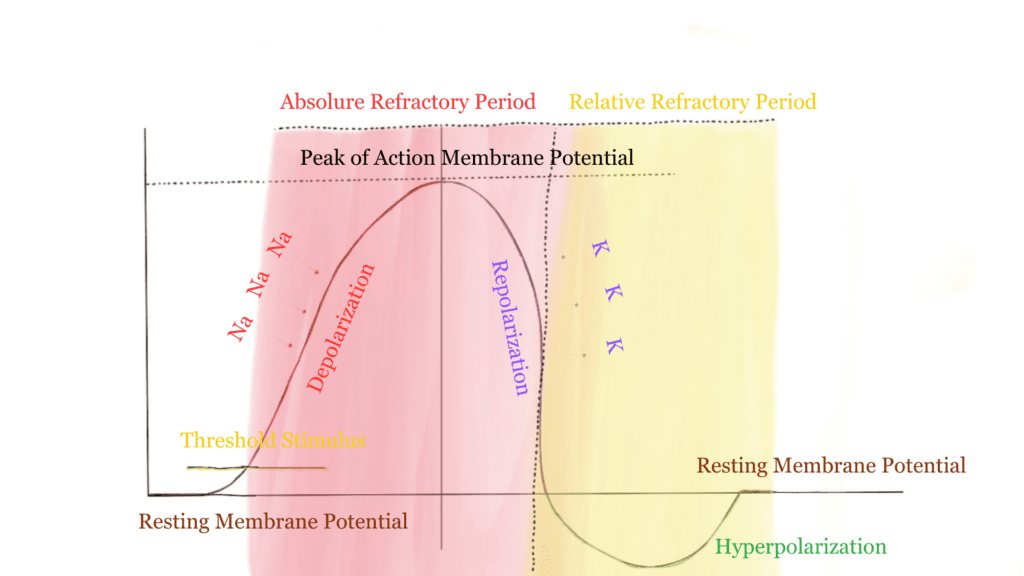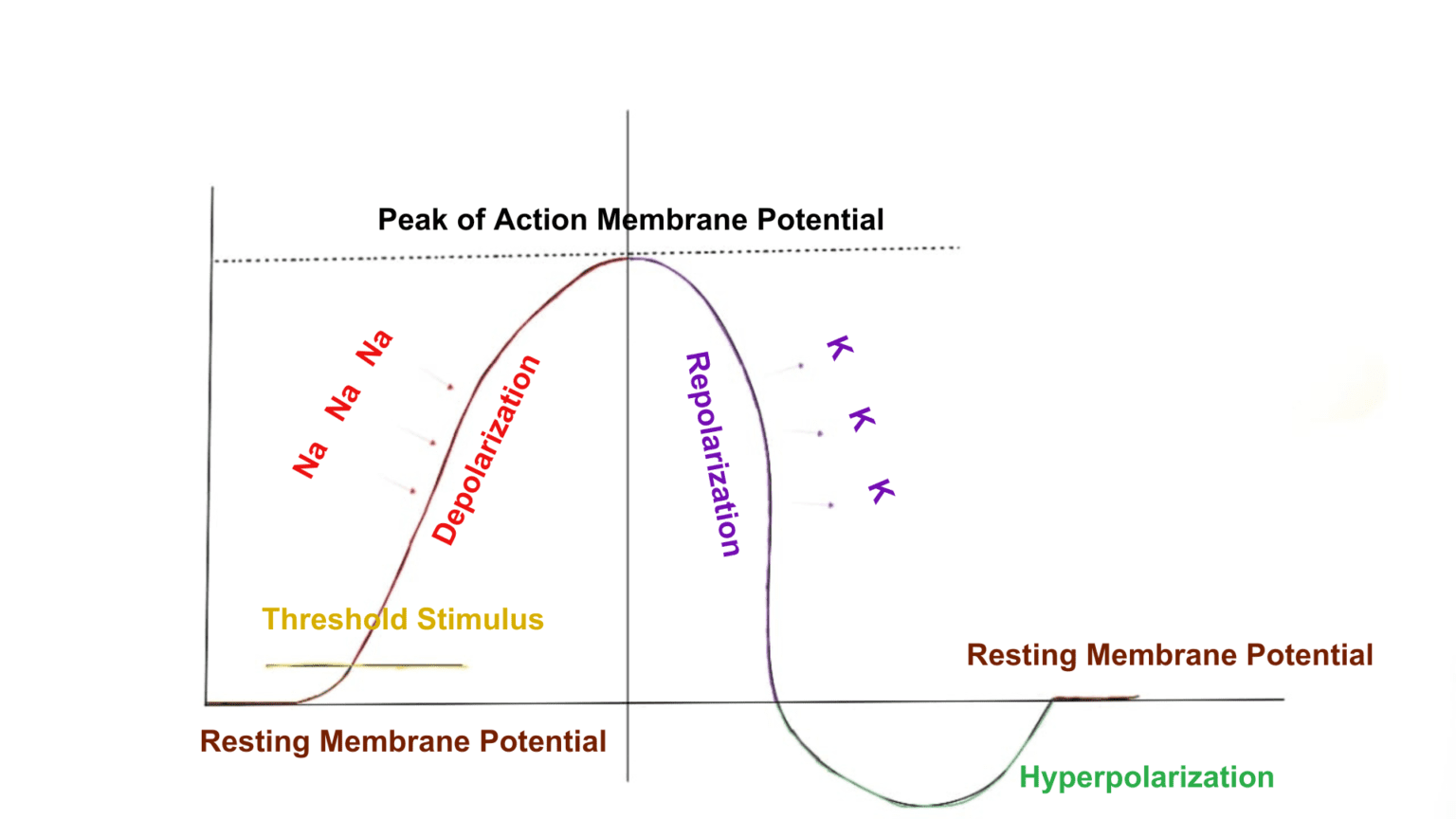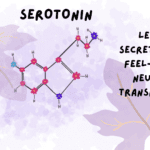Potassium helps prevent arrhythmias in a variety of ways. For a piece of general information, arrhythmia is a condition that happens due to irregularities in the normal rhythmic pattern of the heartbeat. Our heart beats with sequential events and appropriate timings. If there is any irregularity in the normal rhythmicity of the heart, for instance, if the heart beats too fast or too slow, it leads to disrupted cardiac activity. The rhythmicity of the heart is maintained by the electrochemical gradient created by the movement of ions. These ions play an active role in the routine conduction of electrochemical impulses. These ions include sodium, calcium, and potassium.
Ups and downs in blood potassium levels have dramatic effects on the heart’s function; beating. Besides dietary insufficiency of potassium, some other underling body abnormalities can cause low blood potassium levels. In this blog, we will comprehend the importance of potassium ions and how potassium helps prevent arrhythmias.
1. Potassium’s Role in Repolarization Phase
Before understanding potassium’s role in the repolarization phase, one must have a general understanding of what the repolarization phase means. When an electrochemical signal reaches the respective neuron, it initiates an action potential. Before the arrival of the electrochemical signal, the nerve cell membrane is at the resting membrane potential. In this specific potential, the outside is more positive than the inside of the membrane. Action membrane potential alters this electrochemical concentration and renders a more positive charge inside the membrane.
Sodium and potassium play a key role in shifting the membrane potential from resting to active. Sodium ions start moving inwards by sodium channels and make the environment more positive inside. This phase of conduction is called depolarization. Broadly speaking, the influx of sodium leads to the depolarization phase. As the signal passes through that membrane, it starts to regenerate its original or resting membrane potential.
Depolarization is followed by a repolarization phase. Potassium ions start moving out of the cell and making the internal environment more negative than outside. The way the sodium influx leads to depolarization, potassium efflux leads to repolarization. During the repolarization phase, the cell is preparing itself for the subsequent electrochemical signal. After the complete repolarization phase, the cell restores its resting membrane potential.
Termination of Action Membrane Potential
The repolarization phase terminates the action potential and leads to cardiac stability. Adequate levels of potassium help prevent arrhythmias by managing the proper timing and duration of action potential. If there is prolonged action potential, then it causes electrical instability of heart rhythms.
Restoration of Resting Membrane Potential
The repolarization phase is necessary for the restoration of resting membrane potential. Resting membrane potential gives the cell an apt time to regain the ionic concentration and energy. Moreover, it gives the cell a resting time which is essential for conventional electrical activities. The Efflux of potassium that aids in restoring resting membrane potential is crucial for the electrical stability of the heart.
2. Potassium’s Role in Refractory Phase
The refractory phase is the duration, during an electrochemical transmission, in which the cell is temporarily unresponsive to the new stimuli. During this phase, the cell is already in a process of conduction. Proper activity of this phase is necessary to prevent arrhythmias. Potassium helps prevent arrhythmias by playing a significant role in the proper duration and stimulation of refractory phase.
Absolute and Relative Refractory Phases
The refractory phase consists of an Absolute Refractory Period (ARP) and a Relative Refractory Period (RRP). During the Absolute Refractory period, there is a complete limitation of response to any additional stimuli. That’s why, referred to as ‘Absolute’. Speaking of the Relative Refractory Period, a stronger stimulus can initiate an impulse. Stimulus should be more instigating than usual for this purpose. But how does Potassium help prevent arrhythmias during this restoration phase?

Potassium Helps Prevent Arrhythmias by Maintaining Electrochemical Gradient
Efflux of potassium ions during repolarization is momentous for the termination of an action potential. The release of potassium ions maintains the electrochemical gradient by indirectly influencing the activity of sodium and calcium. Sodium causes depolarization and calcium facilitates the contraction of cardiac muscle cells. An ionic balance is created between sodium and potassium. Adequate levels of potassium offer a stable environment for sufficient potassium efflux. If there is any imbalance in potassium levels, then it also disrupts the sodium activity during the depolarization phase. This scenario creates an instability in proper stimulation and termination of action potential.
When potassium is released, it creates a negative vicinity inside the cell. As more and more potassium is released, the more negative potential it creates. These negative charges maintain an electrochemical gradient and attract the positively charged sodium and calcium into the cell. This electrochemical gradient is decisive in normal depolarization and repolarization phases. If there is any irregularity in potassium levels, the electrochemical gradient is disturbed and affects the overall rhythmicity of the heart. Potassium helps prevent arrhythmias by maintaining this essential electrochemical gradient.
3. EADs and DADs
Early Afterdepolarizations and Delayed Afterdepolarizations are abnormal events that hassle the normal rhythmicity of the heart. The heart’s rhythmicity is maintained by proper durations of depolarization and repolarization. If there is a prolonged activity of action potential or an interrupted one, both are fatal.
Early Afterdepolarizations(EADs)
Early Afterdepolarizations occur when there is a prolonged action potential. Repetitive or prolonged depolarizations affect the heart’s stability as it needs proper repolarization and resting phases. It is caused due to poor efflux of potassium during the repolarization phase. Hypokalemia (low potassium levels) can be a reason for insufficient efflux of potassium. Potassium also affects calcium handling as explained earlier, so inadequate potassium triggers EADs and DADs. Abnormalities during the repolarization phase affect the calcium handling and lead to irregular stimulations.
Delayed Afterdepolarizations(DADs)
Delayed Afterdepolarizations(DADs) occur when there are repetitive or irregular depolarizations after the complete repolarization. It is different from EADs in the aspect that there is a timely repolarization phase in DADs. Inappropriate calcium handling leads to DADs. Irregular calcium influx after repolarization can trigger the DADs. Both EADs and DADs are hazardous to the heart’s stability. The heart needs a proper resting membrane potential and a restoration phase in which it can restore its ionic gradient. If there is any abnormality in potassium levels, then it subsequently affects sodium and calcium movements into and out of the cell and leads to arrhythmias.

Conclusion
Potassium is a key player in the normal conduction process and affects the rhythmicity of the heart. Potassium helps prevent arrhythmias by maintaining the electrochemical gradient and keeps the activity in pace. Too much potassium (Hyperkalemia) or too low potassium (Hypokalemia) leads to abnormalities in normal excitability and termination. If potassium is not sufficient, then poor potassium efflux causes alterations in the electrochemical gradient. This in turn has an impact on sodium and calcium influx. Calcium handling is a must for the proper contraction process of heart muscles. Severe dehydration can result in low levels of potassium. Thus, you should consume potassium properly and sustain the healthy levels of it in your body. At last, we know how potassium helps prevent arrhythmias!




